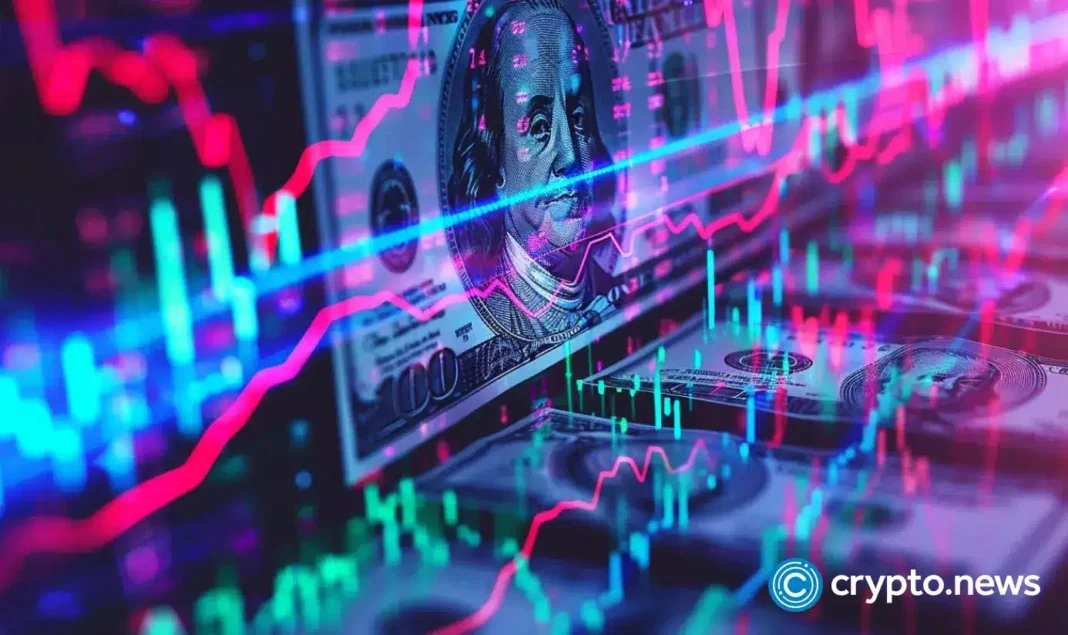Market Pulse
Solana, a leading high-performance blockchain, is set to significantly broaden its stablecoin ecosystem through a groundbreaking partnership aimed at developing a Korean Won-pegged stablecoin. This strategic initiative marks a pivotal moment for Solana’s expansion into the vibrant Asian financial markets and underscores the growing demand for national currency-backed digital assets. As the digital economy continues to integrate with traditional finance, the introduction of a stablecoin tied to the South Korean Won could unlock new efficiencies for cross-border payments, decentralized finance (DeFi), and broader blockchain adoption in the region.
Solana’s Strategic Entry into Asia’s Financial Frontier
The decision to launch a Korean Won-pegged stablecoin positions Solana firmly within one of Asia’s most dynamic and technologically advanced financial landscapes. South Korea boasts a high rate of digital literacy and a robust appetite for innovative financial technologies, making it an ideal environment for stablecoin proliferation. This partnership reflects a calculated move to capture a significant share of the regional digital payment and remittance market, offering users a stable, liquid, and blockchain-native asset that mirrors the value of their national fiat currency.
By providing a transparent and efficient digital alternative to traditional financial instruments, Solana aims to empower businesses and individuals with faster, cheaper, and more accessible ways to transact. The high throughput and low transaction fees characteristic of the Solana blockchain are particularly well-suited for facilitating frequent and high-volume stablecoin transfers, addressing key pain points associated with conventional banking systems.
The Mechanics and Promise of a Won-Pegged Stablecoin
A Korean Won-pegged stablecoin would operate much like its USD-pegged counterparts, such as USDC or USDT, but with its value directly tied to the South Korean Won at a 1:1 ratio. Typically, such stablecoins are backed by corresponding reserves of fiat currency held in regulated financial institutions, ensuring their stability and redeemability. For Solana, integrating such an asset means leveraging its robust infrastructure to provide unparalleled speed and cost-effectiveness for transactions.
- Enhanced Stability: Offers a reliable store of value and medium of exchange, shielded from the volatility often associated with other cryptocurrencies.
- Faster Transactions: Leverages Solana’s capability to process thousands of transactions per second, significantly reducing settlement times compared to traditional banking.
- Lower Costs: Transaction fees on Solana are notoriously low, making micro-transactions and remittances economically viable for a broader user base.
- Global Accessibility: Provides a digital bridge for Korean Won holders to participate in the global DeFi ecosystem without direct exposure to volatile crypto assets.
- Regulatory Compliance: Future success hinges on careful collaboration with South Korean regulators to ensure the stablecoin operates within established financial frameworks, fostering trust and widespread adoption.
Broader Implications for Solana’s Ecosystem and DeFi
This initiative carries significant implications beyond just the Korean market. It signals Solana’s commitment to becoming a global hub for stablecoin innovation and a preferred blockchain for integrating national currencies into the digital realm. The success of a Won-pegged stablecoin on Solana could pave the way for similar partnerships in other regions, further solidifying its position as a leading Layer 1 blockchain for real-world utility.
For the broader DeFi ecosystem, the availability of a major Asian fiat-pegged stablecoin introduces new liquidity pools, trading pairs, and lending opportunities. It encourages institutional participation by offering a familiar, regulated asset within the decentralized space, potentially accelerating the convergence of traditional finance with blockchain technology. As of {current_date}, the move indicates a maturing crypto landscape where practical applications and regulated financial instruments are taking center stage.
Conclusion
Solana’s venture into developing a Korean Won-pegged stablecoin represents a forward-thinking strategy to expand its utility, market reach, and influence within the global financial system. By addressing the demand for stable digital assets in a key Asian market, Solana is not only fostering regional blockchain adoption but also setting a precedent for how national currencies can effectively integrate with high-performance decentralized networks. The coming months will be crucial in observing how this partnership unfolds and its ultimate impact on the stablecoin landscape and the broader Solana ecosystem.
Pros (Bullish Points)
- Expands Solana's utility and market reach into the critical APAC region.
- Enhances liquidity and facilitates more efficient cross-border payments.
- Demonstrates a growing trend of national currency integration with blockchain technology.
Cons (Bearish Points)
- Regulatory hurdles in South Korea could slow down or complicate adoption.
- Competition from other stablecoins or traditional remittance channels remains strong.
- Success heavily depends on the partnership's execution and market acceptance.
Frequently Asked Questions
What is a Korean Won-pegged stablecoin?
It's a digital currency designed to maintain a stable value relative to the South Korean Won, typically by being backed 1:1 with Won reserves.
Why is Solana developing this stablecoin?
To expand its ecosystem, cater to the South Korean market, and improve efficiency for remittances and digital payments using its high-throughput blockchain.
What are the potential benefits of this stablecoin?
Faster and cheaper transactions compared to traditional banking, increased financial inclusion, and a gateway for greater DeFi adoption in the region.



